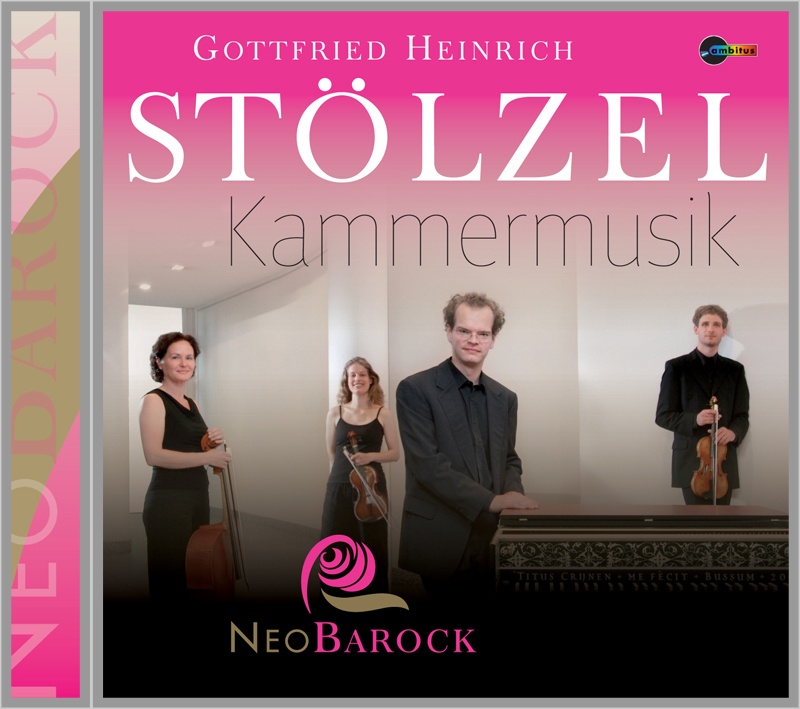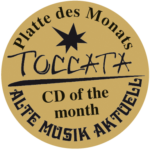

The secret laws that determine whether an artist’s fame will fade or pass the test of time will probably always remain a mystery. After Intermezzi in Italy and sojourns in several European cities Gottfried Heinrich Stölzel, one of the most famous musicians of his time, settles at the post of court music director in Gotha for the rest of his life. Under his direction court music flourishes there for three decades until his death in 1749. Most musicians and music lovers today know nothing of Gottfried Heinrich Stölzel, because much of Stölzel’s prolific output has been lost. NeoBarock has dug up chamber music works by Stölzel that can now be heard for the first time after slumbering for nearly 250 years in libraries and archives.
1 CD | 67:38 min
Gottfried Heinrich Stölzel | Quadro in G major | Allegro
On the CD
Gottfried Heinrich Stölzel (1690-1749)
Sonata in C minor
for 2 violins and basso continuo
Sonata a 4 in G major
for violin, viola, violoncello and basso continuo
Enharmonische Claviersonate
for harpsichord solo
Sonata in B flat major
for 2 violins and basso continuo
Quadro in E minor
for 2 violins, violoncello and basso continuo
Sonata in D major
für 2 Violinen und Basso continuo
Partia di Signore Steltzeln g-Moll
for Cembalo solo
Sonata e-Moll
for 2 violins and basso continuo
Quadro in G major
for 2 violins, violoncello and basso continuo
Press
Nov./Dec. 2011 | Toccata – Alte Musik aktuell (DE)
CD of the month
April/May 2012 | ensemble – Magazin für Kammermusik (DE)
Sound ∗∗∗∗∗ (outstanding)
Interpretation ∗∗∗∗∗ (outstanding)
March 2012 | Fono Forum (DE)
CD-Tip
Already with chamber music by Kirnberger NeoBarock staged a surprise coup. The same goes for the new CD with chamber music by Gottfried Heinrich Stölzel. … NeoBarock plays so affectedly that it really gets under your skin.
Music ∗∗∗∗∗ (outstanding)
Sound ∗∗∗∗ (very good)
April 2013 | Early Music Review (GB)
Perhaps the best known of Stölzel’s instrumental pieces are his Enharmonic keyboard sonata and the Partia in G minor, as transcribed for keyboard by J. S. Bach for his son, Wilhelm Friedemann. Both of these are recorded here. The remainder of the disc is filled with four trio and three quartet sonatas, all beautifully played – the violins balance beautifully, yet with their distinctive timbres they are clearly distinguishable, the cellist varying attack and touch to each note, giving the bass line true shape, and the continuo player fulfilling the accompaniment role without ever clouding the violins. NeoBarock also enjoy themselves – they are quite happy to accelerate or decelerate for musical effect (in the 12/8 movement of the opening C minor sonata), but always stylish (they even match ornamentation in the canonic final movement of the same piece). They even include a piece I did not know before (there is a hint of surprise there, as I have edited most of Stölzel’s chamber music!), which is a delightful quadro for violin, viola, cello and continuo.
